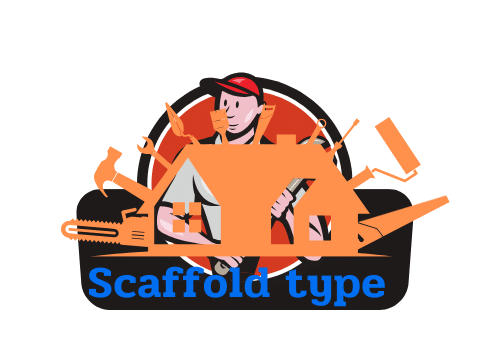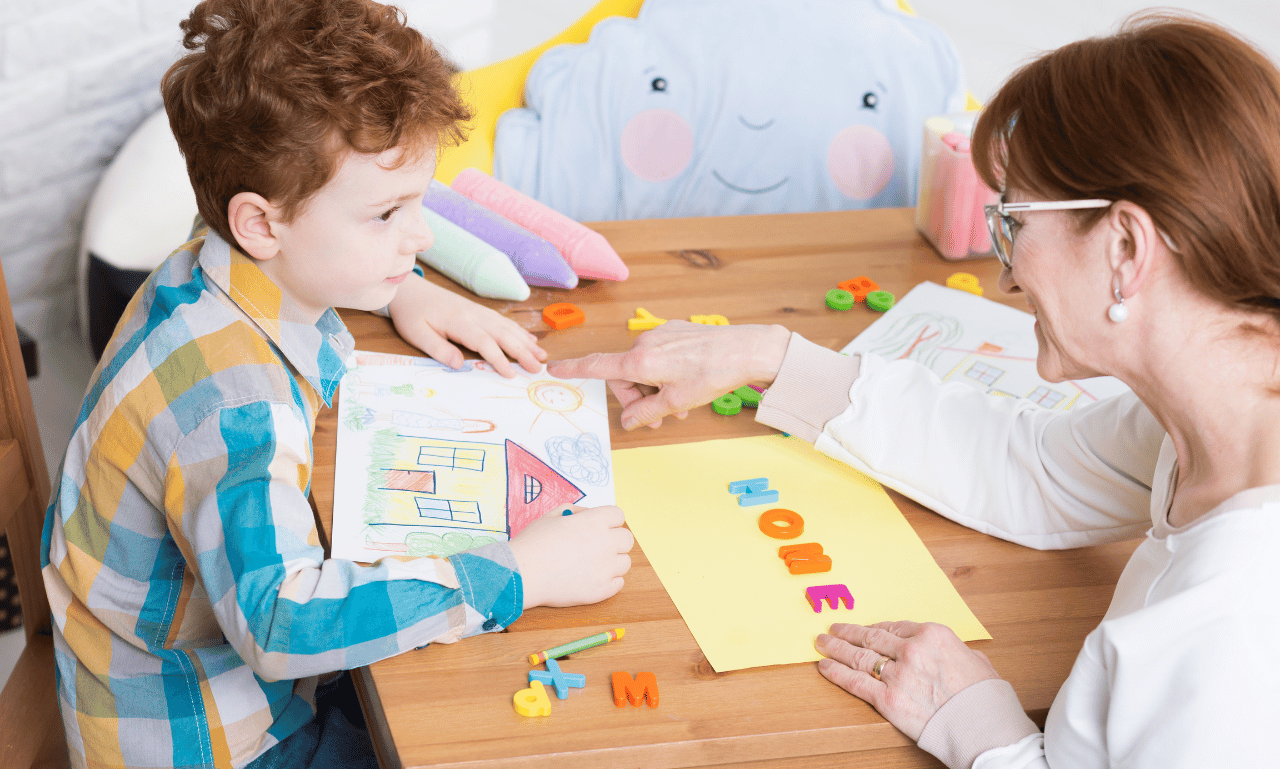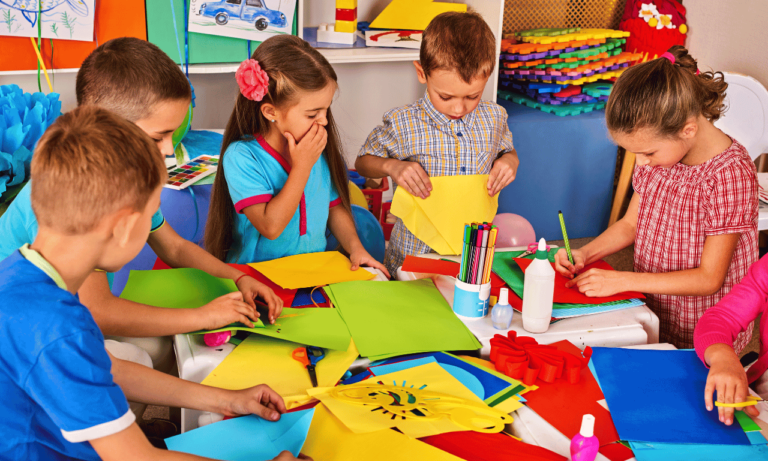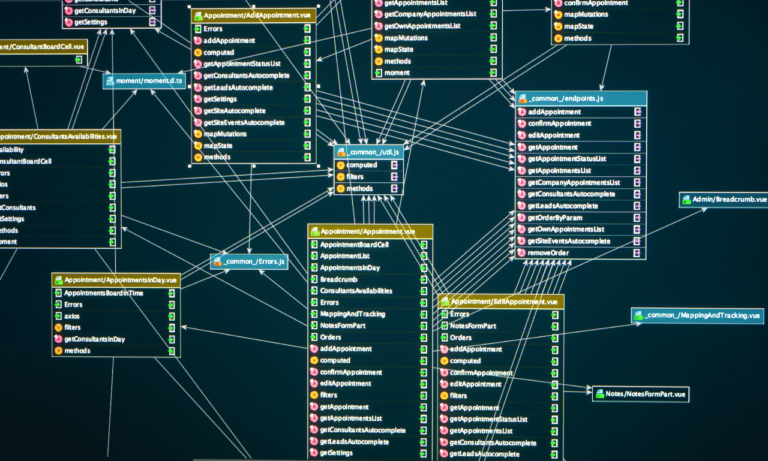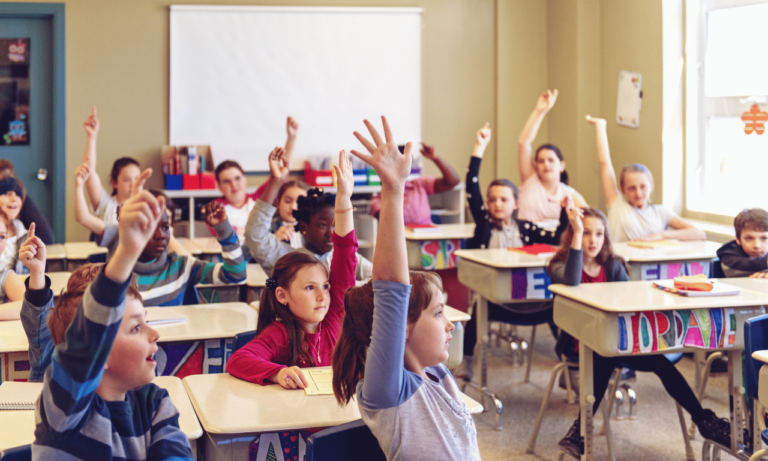Phone:
(+65)8319-0742
The landscape of education continuously evolves, striving to offer student learning support that’s both effective and empowering. A cornerstone of such progressive educational practices is the concept of Behavioral Scaffolding in Education. This structured approach is more than just a teaching strategy; itâs a bridge facilitating the critical transition from not-knowing to mastery within modern teaching methods. In practice, behavioral scaffolding supports students by gradually transferring the responsibility of learning from the teacher to the student, reinforcing independence and nurturing confidence.
Not unlike the temporary platforms used in construction, behavioral scaffolding in educational settings provides students the temporary supports they need to reach heights that would be unattainable on their own. It is about knowing when to step in and when to step back, which in turn, crafts a tailored learning experience that adapts to the undulating terrain of individual educational journeys.
Key Takeaways
- Behavioral Scaffolding is a leading approach within modern teaching methods.
- The strategy emphasizes a gradual shift from teacher-directed learning to student independence.
- Crucial to Educational Practices, it relies on adapting lessons to students’ existing skill levels.
- It aids in building a solid foundation upon which further learning is structured.
- Effective scaffolding tailors student learning support to individual needs, enhancing educational outcomes.
Understanding Behavioral Scaffolding in Education
The concept of educational scaffold techniques defines a framework central to modern pedagogy, providing key supports for students as they navigate through new territories of knowledge. Much like their physical counterparts in construction, these techniques act to uphold learners during critical phases of cognitive development scaffolding. Let’s delve into the history of this approach and its connection to a foundational psychological theory.
The Origins and Application of Scaffolding
Tracing its roots back to the early 1970s, the term “scaffolding” borrowed from the imagery of the construction industry exemplifies structural support, a fitting metaphor for the educational process. Teachers employ this method, adapting their level of assistance to suit the student’s progression, thereby promoting autonomy and mastery within the learning process. In practice, this involves a deliberate use of educational scaffold techniques that facilitate the successful ascent of students to greater heights of understanding and skill.
Linking Scaffolding to Vygotsky's Zone of Proximal Development
A crucial intersection of educational scaffolding lies at the heart of Lev Vygotsky’s influential construct, the zone of proximal development. This theory positions the zone between a student’s current ability and their potential capacity, achievable through appropriate instructional support. Teachers, acting as guides, target this zone to initiate cognitive development scaffolding, gradually transferring responsibility and the tools of learning to the student as their competence grows. Through this strategic phased withdrawal of support, learners acquire the necessary confidence and skill to tackle future challenges independently, thanks to the foundation laid down by Vygotsky’s theory.
The Science and Strategy Behind Student-Centered Scaffolding

Educational frameworks today increasingly emphasize student-centered scaffolding, an approach where the instructional scaffolding process is delicately tailored to the learner’s existing knowledge and the objectives they aim to achieve. The emphasis on this pedagogic strategy reflects a meaningful shift towards recognizing the varying degrees of guidance needed by each individual student in their pursuit of educational growth.
At the heart of student guidance strategies lies the incontrovertible influence of educators. They meticulously partition the learning journey into consumable increments, initiating a direction for young minds to venture with confidence. This could materialize in the form of animated group discussions, the invocation of pertinent models, or the provision of timely, intelligent advice as the student navigates complex academic tasks.
To truly understand the intricacies of student guidance, we observe the integration of learning assistance tools. These tools serve as aides within the scaffolding framework, proffering additional support and reinforcing the bond between teacher instruction and student comprehension.
- Facilitated Questioning: Teachers employ targeted queries that provoke thought and encourage deeper understanding.
- Visual Aids: An array of charts, diagrams, and other visual tools provide structure to the learning material.
- Collaborative Learning: Peers working together can fill knowledge gaps, leveraging collective intellect.
- Feedback Mechanisms: Regular, constructive feedback ensures students remain on the right trajectory.
These elements of student assistance are not just supplementary; they are integral to fostering a nurturing environment where learners feel equipped to tackle the challenges ahead. The balance between aid and autonomy cultivates a fertile setting for internalizing concepts and practical application alike.
| Strategy | Purpose | Outcome |
|---|---|---|
| Think-Aloud Sessions | To model cognitive processing of tasks | Enhanced student metacognition |
| Step-by-Step Guidance | To clarify the progression of complex tasks | Increased clarity and task mastery |
| Real-World Examples | To connect theory with practical application | Greater relevance and understanding |
| One-on-One Tutoring | To address individual learning needs | Personalized learning experience |
The interplay of directed instruction, paired with an understanding of student needs, is what encapsulates student-centered teaching philosophy. It represents a harmonization of educational objectives with the innate potential residing within every learner. By leveraging the strength of student-centered scaffolding, educators declare their commitment to not just teach, but to inspire and unleash the true capability of their students.
Classroom Scaffolding Methods and Cognitive Development

The integration of classroom scaffolding methods into various diverse learning environments is crucial for meeting the educational needs of each individual student. These educational scaffold strategies are not just teaching aids; they represent a responsive teaching philosophy that helps in cognitive development and ensures effective teaching support is given to facilitate student growth and understanding.
Adapting Scaffolding for Diverse Learning Environments
Adaptability is key when it comes to educational scaffolds. Each learning atmosphereâbe it a bustling city school or a quiet rural classroomâpresents unique challenges and opportunities. Teachers who employ scaffolding methods are better equipped to cater to the cognitive and emotional needs of their students. By anticipating and adjusting to these differences, educators create a nurturing space conducive to learning for everyone.
Key Strategies in Educational Scaffold Techniques
Utilizing strategic educational scaffolding is paramount in constructing a solid foundation for learners to build upon. These strategies embrace various aspects of critical thinking, problem-solving, and interactive engagement, which are all essential for academic achievement and cognitive advancement.
Some of the cornerstones of scaffold techniques include:
- Modeling: Demonstrating desired behaviors or patterns of thinking to guide students.
- Discussion: Engaging students in conversation to deepen understanding and offer varying perspectives.
- Graphic Organizers: Using visual aids to help students organize and process information.
- Technology Integration: Implementing digital tools to enhance and personalize the learning experience.
Below is a comparative overview of these educational scaffold strategies:
| Strategy | Benefits | Application in Classroom |
|---|---|---|
| Modeling | Enhances observational learning; students mimic successful behavior. | Teacher demonstrates a math problem on the board before students attempt it. |
| Discussion | Encourages critical thinking and articulation of ideas. | Open-ended questions are posed to the class, prompting group dialogue. |
| Graphic Organizers | Provides visual structure to complex concepts; aids memory retention. | Students use Venn diagrams to compare and contrast historical events. |
| Technology Integration | Offers interactive and adaptive learning experiences; caters to diverse learning styles. | Students use educational software to work through science simulations. |
Empowering Students with Educational Support Structures

Within the realm of education, the advancement of student success hinges on the establishment of robust educational support structures. These frameworks are pivotal in creating an effective learning environment where every learner can thrive. By harnessing the power of empowerment through scaffolding, educators can craft a finely tuned process that not only elevates student understanding but also fosters a sense of academic and personal growth.
Such support structures vary widely and are characterized by their versatility and adaptability to the needs of diverse student populations. They may include a range of physical resources, pedagogical strategies, and collaborative initiatives designed to provide layered support that addresses various levels of student proficiency.
- One-on-one tutoring sessions to address individual challenges
- Group workshops that facilitate peer-to-peer learning
- Digital platforms that offer interactive learning experiences
- Mentoring programs that guide students towards long-term goals
An effective learning environment is one where students are not only given the tools they need to succeed but are also encouraged to take ownership of their learning journey. The ultimate goal of these structures is to pave the way for students to transition from dependency on educational aids to becoming independent, critical thinkers.
| Element of Support Structure | Impact on Student Success | Role in Empowerment |
|---|---|---|
| Customized Feedback Mechanisms | Increases understanding and retention | Encourages self-assessment and personal goal setting |
| Accessible Learning Materials | Ensures all students have the resources they need | Supports diverse learning styles and paces |
| Progress Monitoring Tools | Tracks improvement and highlights areas for growth | Develops autonomous learning and accountability |
To fully realize the potential of each student, educators must embrace the nuances of differentiation within their support structures, tuning into the individual frequencies of learning styles, challenges, and aspirations. It’s through this meticulous customization of learning experiences that we can achieve a collective uplifting, carving pathways to success where students are the authors of their academic narratives. In summary, education support structures serve as the bedrock upon which we can build steadfast towers of knowledge, empowering the leaders, innovators, and thinkers of tomorrow.
Technological Integration and Learning Assistance Tools
In the ever-evolving realm of education, technological integration has emerged as a key component in enriching the learning landscape. Seamless incorporation of advanced tools and resources into daily teaching practices is not just a trend but a necessity, dramatically altering how tutors construct the educational scaffold. As modern classrooms are gradually transitioning into digital hubs, the application of learning assistance tools has become instrumental in fortifying the individual learning experience.
Leveraging EdTech for Effective Behavioral Scaffolding
For educators, EdTech in education is more than just a buzzword; it’s a transformative force in the realm of behavioral scaffolding. The use of sophisticated software and intuitive platforms offers unprecedented levels of individualized support, aligning with the diverse needs of learners. This digital push in educational practices allows for the design of adaptive learning paths that cater to the distinctive pace and style of each student. Not only does it facilitate a nurturing learning environment, but it also endows students with a sense of control over their educational journey, essentially serving as a modern-day compass guiding them through the complexities of learning new skills and concepts.
From Traditional to Digital: Evolving Scaffolding Approaches
Transitioning from traditional educational techniques to digital scaffolding approaches has reshaped the landscape of teaching and learning. Digital scaffolds support and challenge students just as their physical counterparts once did, yet with a greater capacity for customization and interactivity. Whether through gamified learning modules that immediately captivate students’ attention or through data-driven insights that help educators fine-tune their instruction, the digital age has ushered in a more nuanced approach to scaffolding. Ultimately, this shift towards technological integration in the learning assistance toolkit promises to not only meet educational goals but also to inspire a lifelong passion for learning in an ever-changing world.
FAQ
What is Behavioral Scaffolding in Education?
Behavioral Scaffolding in Education refers to a teaching approach where educators provide tailored support to students as they learn new concepts. The support is gradually removed as students develop a better understanding and become more independent, much like scaffolding is removed from a building once it’s capable of standing on its own.
How does scaffolding relate to Vygotsky’s Zone of Proximal Development?
Scaffolding directly correlates with Vygotsky’s Zone of Proximal Development, which identifies the area in which a student can progress with the help of guidance versus on their own. Scaffolding aims to target this zone, providing the necessary support to bridge the gap between what a student can do independently and what they can achieve with assistance.
What are some key strategies in educational scaffold techniques?
Key strategies in educational scaffold techniques include breaking down tasks into smaller, manageable segments; providing clear examples and modeling; encouraging peer discussion and collaboration; using graphic organizers to visualize concepts; and incorporating questioning techniques that guide students to deeper understanding.
How do classroom scaffolding methods aid cognitive development?
Classroom scaffolding methods aid cognitive development by helping students build upon their prior knowledge and incrementally challenging them with new information. This strategic guidance enables students to develop critical thinking skills, deeper understanding, and confidence in applying what they’ve learned independently.
In what ways do educational support structures empower students?
Educational support structures empower students by providing them with a framework for understanding and engaging with complex material. They promote a supportive and scaffolded learning environment where students are encouraged to take intellectual risks, participate actively in their learning, and gradually move towards self-sufficiency and academic success.
How has technological integration transformed scaffolding in education?
Technological integration has transformed scaffolding in education by introducing digital tools and platforms that offer customizable support for students. Through technology, educators can provide interactive content, automated feedback, and differentiated pathways that adjust to individual learning needs, thereby enhancing student engagement and independence.
What are some benefits of student-centered scaffolding?
Student-centered scaffolding benefits include fostering independent learning, enhancing problem-solving skills, increasing motivation and engagement, and improving retention of concepts. It places the student’s individual needs at the forefront of the learning process, enabling more efficient and profound comprehension.
Can scaffolding be adapted to special education settings?
Absolutely, scaffolding can be effectively adapted to special education settings. It offers a versatile framework that can be customized to meet the varied needs of students with differing abilities. Educators can modify the level of support based on each student’s unique requirements, ensuring an inclusive and accessible learning experience for all.
What role does EdTech play in scaffolded learning?
EdTech plays a critical role in scaffolded learning by providing dynamic resources and supports that can be tailored to the learner’s pace and abilities. It offers interactive experiences, immediate feedback, and access to a wide range of content, which empowers learners to explore and understand new concepts in a guided, autonomous manner.
